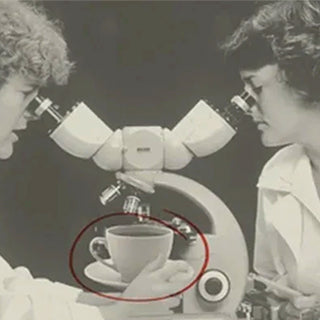Starting a coffee shop or upgrading your current setup can feel overwhelming, but getting the right equipment is key to making it all come together. At Dilworth Coffee, we make this process easier by guiding you through the important considerations and offering the right tools to meet your goals.
When selecting equipment, think about things like volume—how much coffee you'll be serving—and the layout of your shop. For instance, do you need one or two espresso machines? What kind of brewer will fit your needs? And, if you're planning a drive-thru, you'll need to factor in equipment designed for that environment. It's these kinds of details that can make or break your shop’s efficiency and success.
We can help you figure out the right fit, whether it’s choosing between different espresso machine options, calculating power requirements, or determining how much fridge space you'll need. Plus, our team can help you navigate any licenses or permits that might be required in your area.
Once you've selected the equipment, we’ll also make sure it’s set up properly. Installation, calibration, and maintenance are all part of the process. While other retailers may leave you on your own after checkout, we stay with you every step of the way to ensure everything works exactly as it should. We also help create a regular maintenance schedule to keep everything running smoothly, which is crucial for maintaining the quality of your drinks and minimizing downtime.
Whether you're opening your first coffee shop or adding a drive-thru, Dilworth’s equipment services are here to help you make the right choices for a successful and smooth-running business.
Read our blogs on Helping You Get the Best Coffee Shop Equipment and Picking the Right Commercial Espresso Machine for Your Coffee Shop!

















